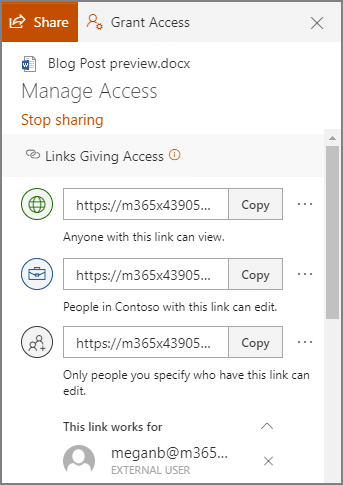With so much computing now done in cloud environments, it is important to address how this approach can benefit security, but still need to be secured.
How Patches Benefit from the Cloud
It isn’t a secret that any kind of software, from applications to entire operating systems, can have holes in it. These security flaws and issues could easily leave a business vulnerable to attack if they aren’t resolved. This is why software developers will issue patches, which are just corrections to these mistakes, for users to install. By applying the patch, the user is protecting themselves from threats that would otherwise exploit that vulnerability - but just on the system where the patch is installed.
Now, consider how many computers some companies use, and all of the different software titles that would be found on each.
Can you imagine going to each one and applying an update, each time a patch was released? Furthermore, you have to consider that more and more devices are mobile nowadays. This means that there is no guarantee that every device is present when someone goes on their patch application marathon. Factors like these frequently lead to incomplete patch deployments, and as a result, holes in organizational security.
However, by utilizing the cloud as you manage your organization’s patches, the device no longer has to be present in order to receive the patch. Instead, the cloud can be used to push it out to all of your devices, so once they connect to the Internet, the patch will be implemented. This means you can keep your employees using the solutions you want them to use, assisting both your productive operations and your security.
How the Cloud Benefits from Patches
However, it is important to take note that all the cloud is, is a computer located somewhere else (often owned by someone else). As a result, it can also be vulnerable to flaws and issues of their own - which is why you need to be sure that your cloud provider is properly maintaining the cloud solution with its own patches. This is especially the case if you are using an internal cloud solution.
Coleman Technologies can help you keep up on your updates, whether they involve the cloud or not. Reach out to us at (604) 513-9428 to learn more about our services.




